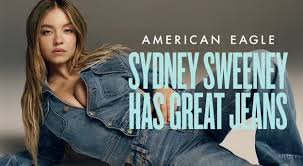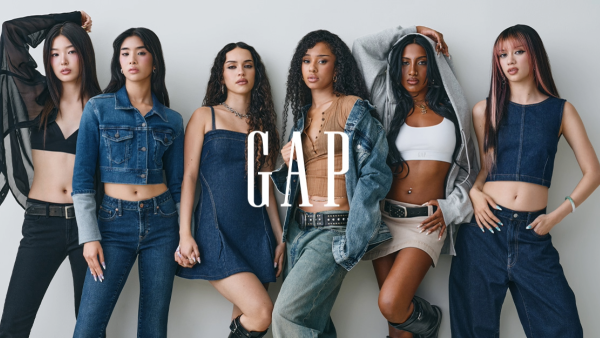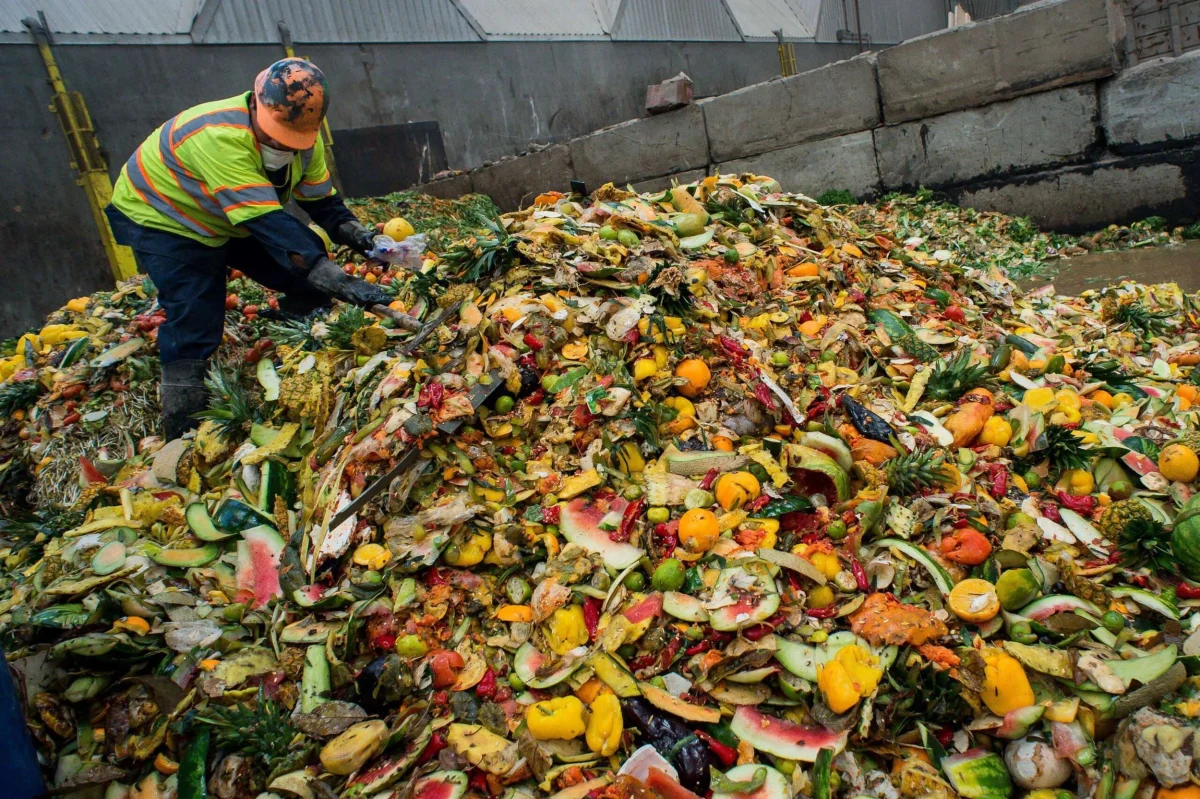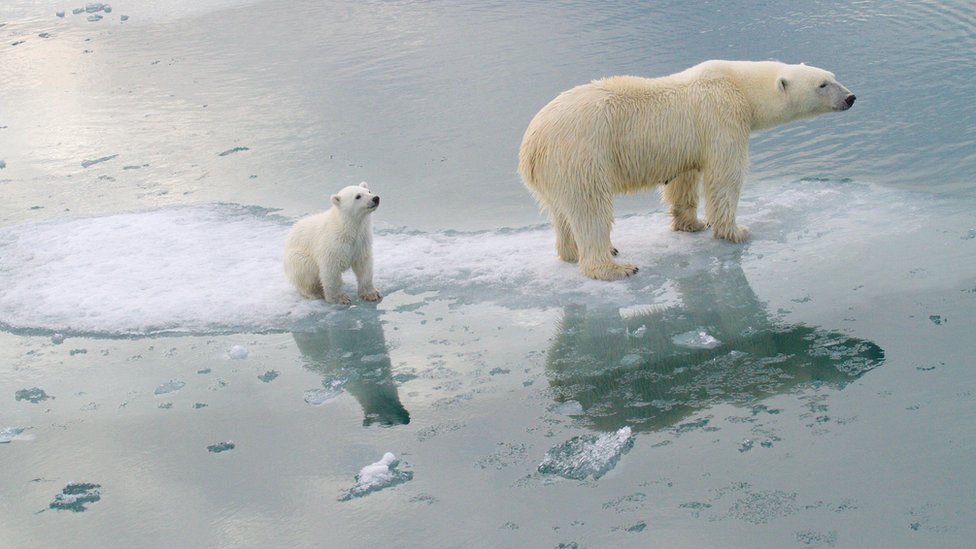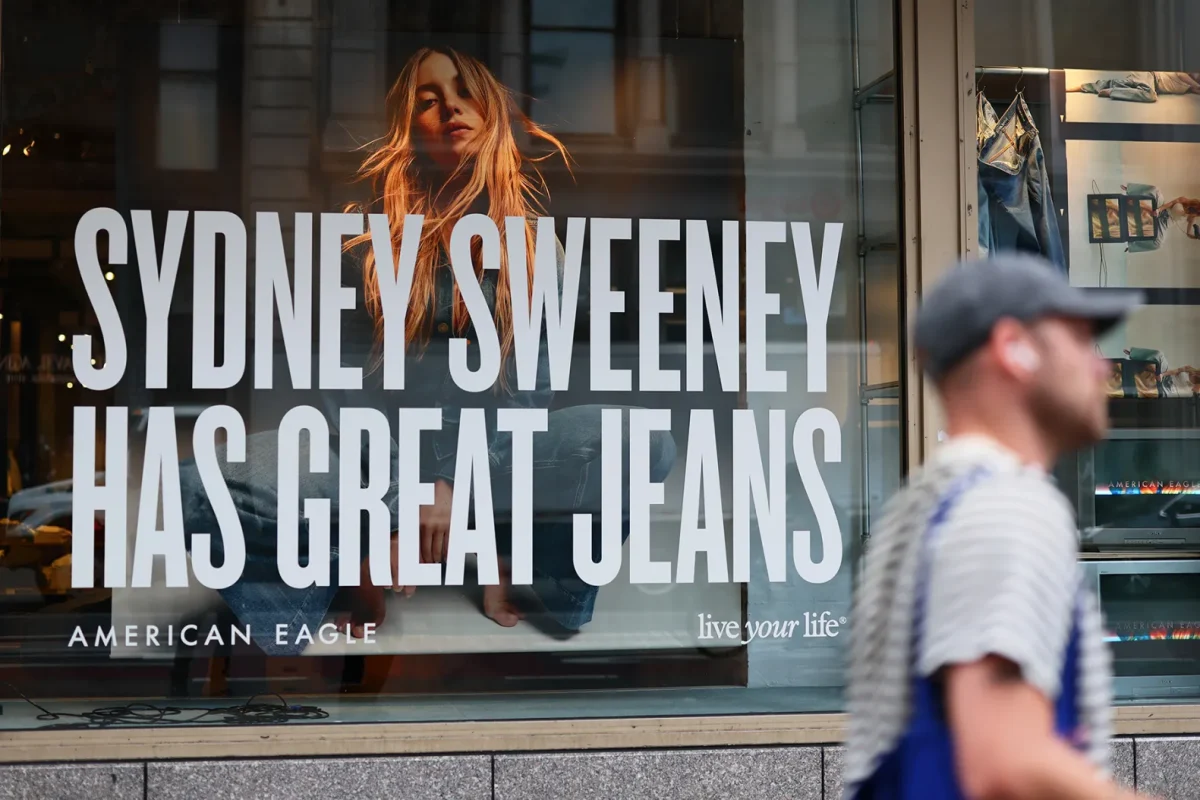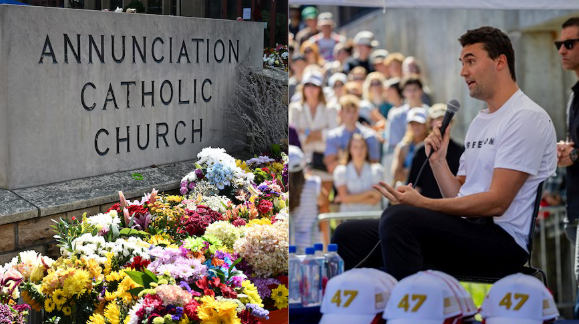When American Eagle announced that actress Sydney Sweeney (mostly known for her role as Cassie in Euphoria) would star in its Fall ‘25 campaign, the brand expected to shock and surprise customers. With the tagline “Sydney Sweeney has great jeans”, American Eagle leaned into a play on the words “jeans” and “genes,” trying to amuse its audience. At first, the ad appeared to be a regular campaign featuring fashionable clothes, but it didn’t take long before it sparked a wave of controversy. What started as a simple ad turned into a debate about the message of the words spoken, beauty standards, and poor marketing.
In theory, American Eagle had a strong strategy, a fast-rising celebrity, a focus on denim products, and a mix of traditional and modern advertising. The reference to “genes” seemed to imply that the brand was tying attractiveness or style to genetics, thereby perpetuating outdated beauty standards. When Sydney Sweeney spoke out the words “my jeans (genes) are blue”, people immediately thought about the phrase “blue blood”. That phrase has racist origins dating back centuries (18th century). “Blue bloods” come from rich and noble families, meaning that since people didn’t have to work, they had pale and frail skin, revealing the blue veins. Sydney Sweeney, being a primarily caucasian woman, caused a spark in racism allegations. In a current era where audiences are quick to call out advertising, the campaign lit up on TikTok, Instagram, and other popular social media sites. It was during this time that the ad became a viral fad. Social media created endless memes, jokes, and reactions that spread across all platforms, quickly making the topic trend for days into weeks. Students, celebrities, and influencers all joined in.
As the debate grew, American Eagle released a statement restating its original intent. The company clarified that the campaign was “always about the jeans, not the genes”. Representatives described the wordplay as intentionally provocative but playful. The company pointed to the charitable side of the campaign, which included a limited edition jean whose profits went to a crisis text line, a mental health support service. This reflected an effort to make the campaign about more than just denim, but it was overshadowed by the “drama” happening online.
Was the Sydney Sweeney campaign just a fad? Yes and no. The backlash, memes, and social media posts fit the pattern of a short internet craze. For a short period of time, it dominated TikTok, Instagram, Twitter, and more with students and influencers sharing jokes, creating content, and debating its meaning. This intense yet temporary attention is what defines a fad. A moment that spreads quickly, sparks conversation, and then dies down after a new trend arrives. Once Katseye’s new ad for GAP launched, the conversations shifted immediately. Katseye took a different approach. Instead of leaning on wordplay, the brand invested in satisfying visuals, interesting settings, and influencer partnerships. Katseye’s choreography, music (which ironically enough used a song that says “it’s better than yours”),
and outfits took over the viewer’s attention just as quickly as Sydney Sweeney’s died down.The public reaction highlighted the difference in approach. While American Eagle’s ad sparked controversy, Katseye’s campaign was praised for its creativity and style. American Eagle slowly faded into “last week’s trend”.
For young customers, this campaign is a case study on how advertising works in the newly found age of social media. On the one hand, brands want to be clever and catchy; on the other hand, they must be careful to avoid misinterpretation. The American Eagle campaign shows how a few words can start a worldwide conversation and controversy, and how it can even affect reputation. So, is it a fad or just an ad? It’s both. The Sydney Sweeney campaign quickly became a fad, dominating online conversations for a brief period before being overshadowed. For students, this serves as a reminder that popular moments can be fleeting, but the strategies behind them can have a lasting impact. Whether students loved it or hated it, American Eagle’s campaign did exactly what it set out to do: get attention. But attention fades. Style, thoughtfulness, and authenticity? Those last longer than any meme. The next time we see a headline that feels like it’s trying too hard, maybe we’ll ask the same question again: is it a fad—or just an ad?


